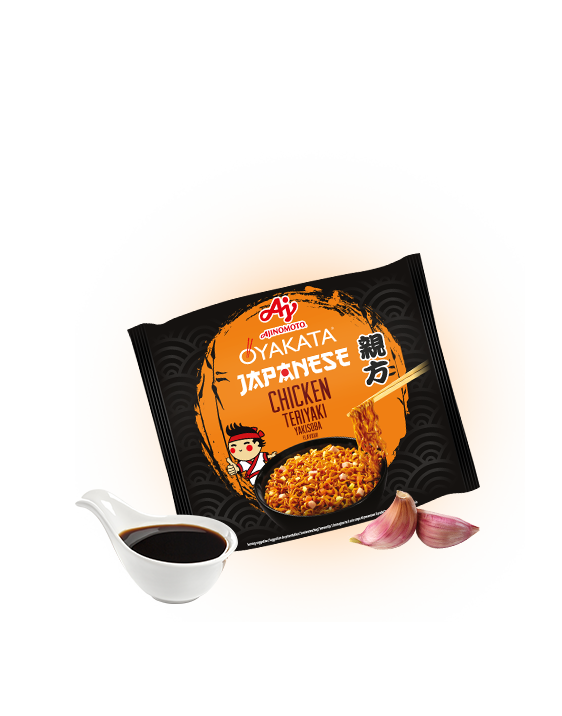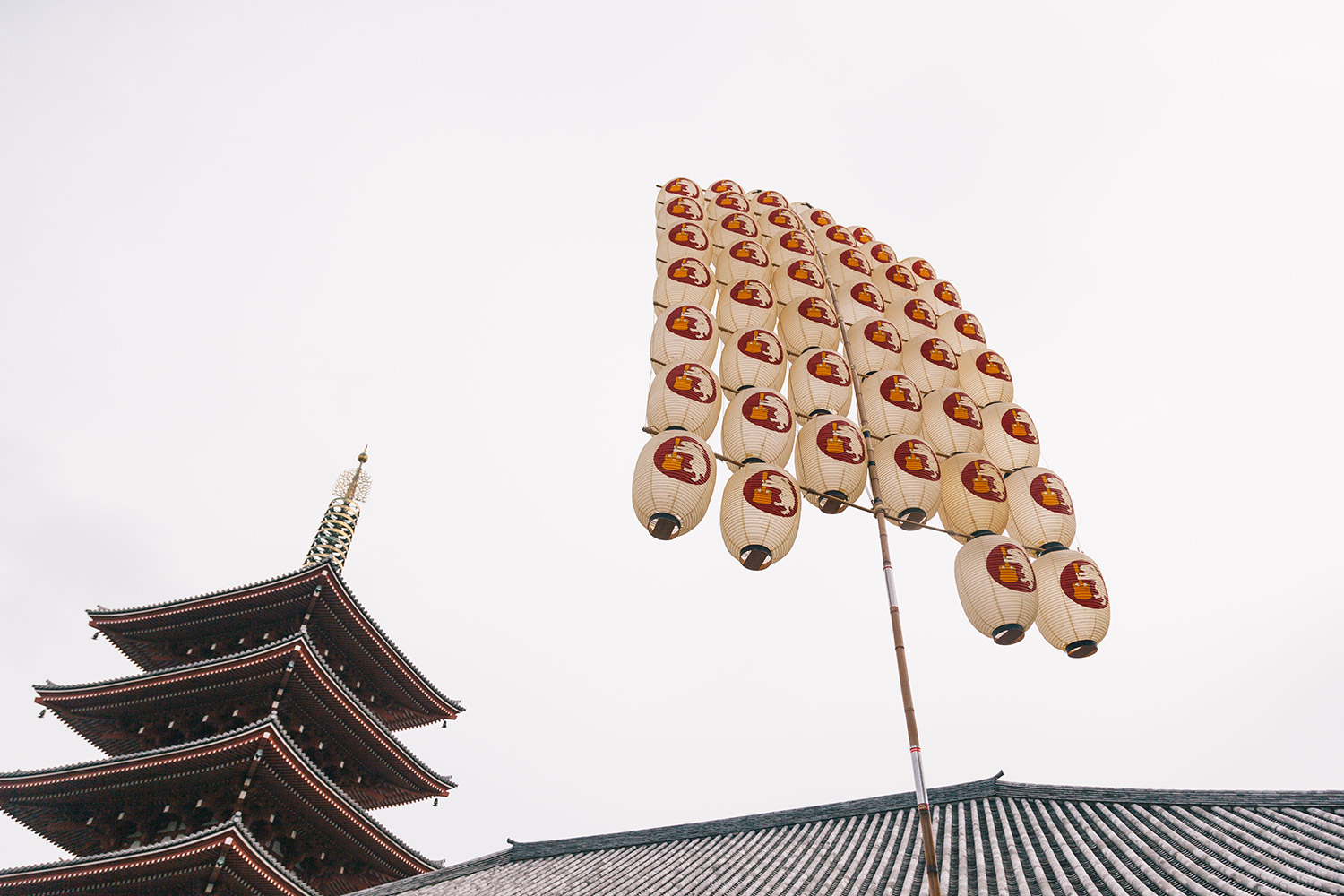

KANTO MATSURI – LANTERN FESTIVAL IN THE CITY OF AKITA
Celebration of Kanto Matsuri
The Kanto Matsuri lantern festival in Akita (秋田竿灯まつり – Akita Kantō Matsuri) takes place at the beginning of August. Around the 18th century, the ceremony was intended to repel evil spirits and drowsiness associated with the middle of the summer. Then it referred to Buddhist rituals and protected against misfortune. Today, the Japanese celebrate Kanto Matsuri to ensure successful and fruitful harvest.
During this time, the participants wear beautiful, colourful kimono and kaftans. There is also the habit of dressing up as Japanese manga and anime characters. The participants of the event dance, sing, play instruments, clap and chant to the rhythm of taiko and ohayashi drums. In the meantime, you can admire the high and amazing lantern structures, take part in workshops, see the Akita city museum and try to juggle lanterns.
Lantern festival Night Parade
The performance ending the entire festival is its essential part. It begins in the late evening. The procession goes along the Chuo Dori street (中央通り), which is one of the main roads in Akita. During the Sashite parade (指し手), the so-called carriers move around their bodies carrying heavy lanterns that can be even 12-meter tall. They moved it from the hand to the forehead, from the forehead to the back and extend them every few minutes.
Along the whole route, you can sit on the sidewalk and watch the show. To enjoy greater comfort, you can pre-book paid seats (about 2 thousand yen). The whole ceremony is accompanied by cheering Dokkoisho (どっこいしょ) shouts. The whole performance lasts about 90 minutes and the contestants compete with each other, not only in terms of strength, as it used to be in the past. The key elements in contemporary Kanto are skills, correct posture, grace and stability.
Food festival at Kanto Matsuri
A meal break at the lantern festival is a real pleasure. The local food festival is held at the same time. You can taste many Asian delicacies there. They are served by Yatai (屋台 – yatai), Japanese foodtrucks. The most popular are two dishes of the local cuisine:
- Inaniwa udon (稲庭うどん)– a delicacy of Akita Prefecture. It is specific hand-made and dried pasta. It has a creamy colour and is thinner than traditional udon, but thicker than somen or hiyamuga pasta. It is served with vegetables, beef, soy sauce, or simply in decoction.
- Yokote Yakisoba (横手焼きそば) – local favourite, thick pasta often served in the popular Japanese Fukujinzuke marinade with a fried egg on top.
- Kanto (竿灯) – a brilliant combination of bamboo and lanterns
Bamboos in combination with the Asian lantern are a perfect structure. This is obvious because this way the largest lantern in the world in the shape of fish was created in Hong Kong and entered into the Guinness Book of Records.
However, Kanto structures are shaped like an ear of rice. It symbolises prosperity in Japanese harvest. Lanterns reach up to 12 m and weigh approx. 50 kg, while the diameter of bamboo sticks is about 7-8 cm. This is because Sashite is a constellation of 46 lit lanterns. In total, you can count up to 10,000 brightened lampshades and nearly 250 Kantos in the procession. The structures are decorated with names or emblems of cities that refer to everyday life. In this way, the Japanese show Kanto’s strong relationship with the daily culture.
Competitions at Kanto Matsuri
Teams from different regions of Akita send their competitors to the Kanto competition. Besides entertainment, the lantern festival also offers rivalry. The competitions are held at the end of the parade in 4 categories.
The Youwaka and Kowaka categories were made for beginners. Kantos are composed of 24 lanterns and weigh 5 or 15 kg. These are levels intended mainly for children. Chuwaka is a typical intermediate level. Here, Kanto is already 46 lanterns weighing 30 kg. Oowaka is a rivalry between real veterans, who can balance a 12-meter and 50-kilo frame with lanterns and additionally manoeuvre a fan and umbrella.
5 Myogi techniques in the art of Kanto
The art of Kanto is not a spontaneous activity. The Japanese use the whole body for this purpose. They make thoughtful moves and apply learned techniques. To achieve perfection and compete in the highest-rank categories, the Japanese must practice constantly. There are 5 Kanto techniques:
- Hirate (平手, hand) – the basic technique: raising the hand high above the forehead and taking Kanto to level up with it.
- Koshi (腰, hip) – the performers hold the structure on the hip or the back, bending part of the body to the side. Standing with legs astride ensures stability.
- Kata (肩, shoulder) – this is the simplest and easiest technique. The man holds Kanto in the dominant hand and forms a straight line to the leg.
- Hitai (額, forehead) – Putting Kanto on the forehead and holding it in that position with arms spread.
- Nagashi (流し、) – other participants support the main Sashite in extending Kanto by holding his lantern. The masters of this art do not need help and make this move themselves.
Intangible cultural heritage of Kanto
There are several types of bamboo sticks in Kanto. Each one has a different purpose. The main stick in Kanto is Oyatake. Bamboos connected to the main stick are called Yokotake, and those used for extension are Tsugidake. You need to know this to be able to build large lantern structures.
The contestants also wear a specific outfit. Men are dressed in black and white kimono. On their foreheads there are bands similar to those worn by Master OYAKATA. In this way, their eloquent and masterful image is created. Everything is combined into a unique cultural value for this region.
The Akita Kanto festival was recognised in 1980 by the Japanese government as National Intangible Folk Cultural Asset of exceptional historical and artistic values. This title is also granted to individual teachers and masters of the art who have been appointed by the Ministry of Education, Culture, Sports, Science and Technology. They get a subsidy of about 2 million yen per year. The government therefore covers the expenses for training new students and spread of culture.
Sashite’s art has become so popular that it is practiced even by artists in the US, Great Britain, Germany, China or France.
Danger
The thrill of excitement and adrenaline at the lantern festival are frequent feelings. The competitors surely do not lack strength and agility. However, sometimes Kanto collide with trees or high-voltage lines and fall directly on the audience. Fortunately, most lanterns go out when they fall, and people are so fascinated and willing to continue the show that instead of running away, they try to catch and save the Kanto.
It is a festival filled with sensations, sounds, flavours and colours. The competitors and artists approach it with full commitment, being aware that Kanto is an element of their identity. The Japanese boast about their unique heritage so kindly that they receive thunderous applause and loud cheers from the audience, who even become involved in propagating Kanto in other parts of the world. This extraordinary event tempts with its variety and is worth the risk. If you are spending August in Japan, you just cannot miss it.


















